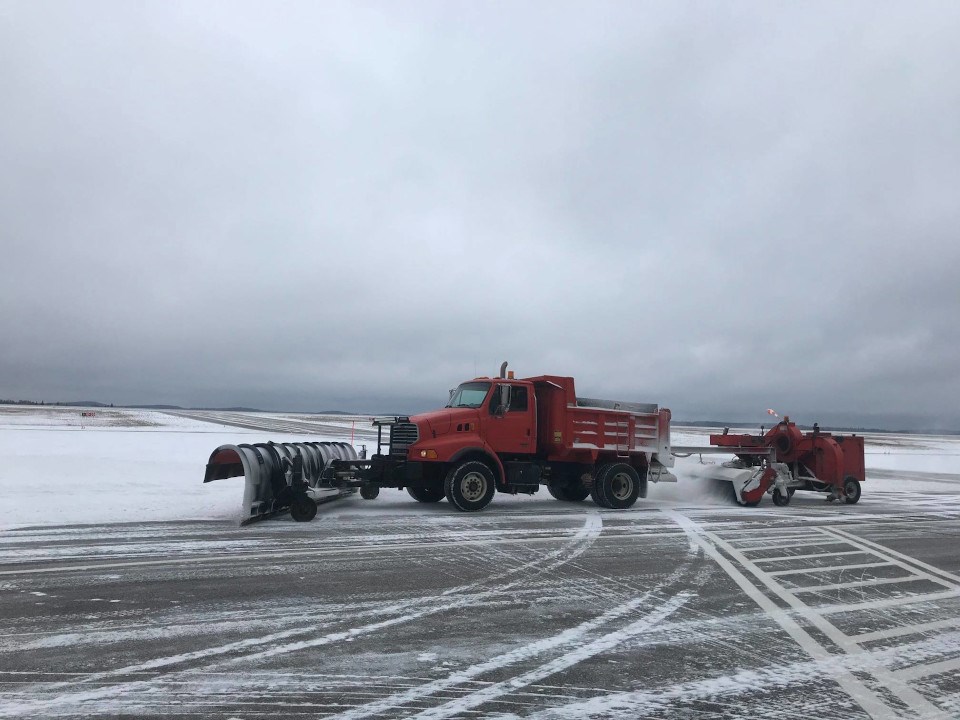Cash-crunched air carriers are bending the politicians' ears over their grim financial situations due to COVID-19, but Canada's regional and community airport operators say they're "on the brink of financial collapse" due to "massive" government rate and fee hikes coming in 2021.
The Regional Community Airports of Canada (RCAC) say smaller airports have been carrying the burden alone of maintaining runways, terminals and emergency services since the outset of the pandemic in March while enduring steep drops in aviation traffic.
According to the RCAC, all airports have been hit with severe reductions in revenues and reduced or cancelled air service, leaving them unable to meet the costs of operating the airports unless governments step up with direct financial support soon.
The lack of government funding has long been a bone of contention for many of these operators, even before the pandemic hit, when many of Canada's airports were downloaded from Ottawa to become municipally-owned or independent authorities in the late 1990s.
Want to read more stories about business in the North? Subscribe to our newsletter.
Almost all their revenue for operations and capital infrastructure projects are derived from three sources: landing and terminal fees charged to the airlines; non-aeronautical fees like parking, restaurants and shops; and airport improvement fees on airline tickets.
Operators have said over the years that the federal Airport Capital Assistance Program is woefully underfunded.
In a statement, RCAC Chair Brian Grant said many of his members have had to make deep cuts to staff and services due to revenue losses and also to carry out government-mandated, COVID-related, health and safety measures. Come 2021, Grant said these airports expect to see 45 to 60 per cent increases in rates and fees charged to airlines and passengers.
"In most cases reserve funds have been depleted and the only possible reductions left are closures of airport infrastructure."
RCAC represents 59 members and more than 190 airports across the country.
"These smaller airports play a critical role in providing remote access and a quality of life that all Canadians expect," said Grant."Movement of critical food supplies, emergency health care, essential cargo, emergency evacuation, forest fire fighting services are just a few examples of what regional and community airports deliver in addition to passenger air travel."
Northern Ontario airport operators stated their concerns in interviews to Northern Ontario Business earlier this year.
In their lobbying efforts to Ottawa, the organization recommends:
- Ensure regional and community airports' eligibility to all federal COVID assistance programs (i.e. emergency wage subsidy, debit relief and loans programs, and rent subsidy etc.) regardless of governance or ownership model.
- Stabilize the Canadian Emergency Wage Subsidy for airports to not less than 75 per cent for 2021 to protect the employment capabilities of these airports for employees.
- Provide financial assistance to cover fixed operating costs at 2019 levels to eliminate deficits and avoid rates and fees increases in order to bolster airline and travel activity.
- Increase Airport Capital Assistance Program funding to $95 million annually (an industry request prior to the COVID-19 pandemic dating back more than two years).
- Adjust the federal contribution limit to the ACAP to not less than 75 per cent of eligible project costs and relaxing the eligibility requirement of commercial schedule passenger service for current eligible airports for 2021 through 2025, to ensure the protection and maintenance of essential infrastructure and equipment during the post-pandemic recovery period.




